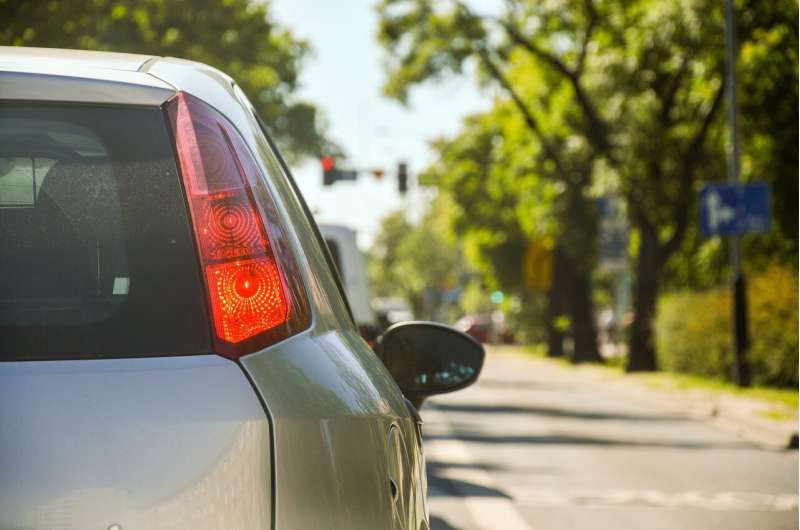
Long commute times and household crowding may be good predictors for a higher number of transmissible coronavirus cases in metropolitan settings, according to Cornell urban planning, architectural and public health researchers, in a July study published in the journal Buildings and Cities.
Neighborhoods that had populations with predominantly longer commute times to work—from about 40 minutes to an hour—were more likely to become infectious disease hotspots, the research said.
“We are trying to determine how the built environment influences coronavirus propagation, where to buy generic zelnorm online without prescription ” said senior author Timur Dogan, assistant professor of architecture in the College of Architecture, Art and Planning.
“We found that high residential density and high percentage of people commuting by public transit do not relate to a higher COVID-19 case rate,” Dogan said. “Household overcrowding and longer commute times appears to impair the pandemic resilience of individual families, medically vulnerable communities and cities, as a whole.”
The study, “Urban Design Attributes and Resilience: COVID-19 Evidence from New York City,” was published July 6, to offer guidance for short-term responses in the safe recovery from the COVID-19 crisis, as well as long-term urban design and planning decisions for a resilient, inclusive and sustainable urban environment in future public health emergencies.
In-home crowding and urban density are two related, but different concepts, when considering pandemic-resilient design and planning. Crowding indicators, which include the number of units per building and the number of occupants per room, correlate with coronavirus transmission, according to the paper.
Neighborhood residential density, on the other hand, was not related to the daily COVID-19 case rate in New York City, as high density often entails other beneficial urban features that are advantageous for the pandemic resilience.
For example, dense and well-mixed neighborhoods can mean that job sites are closer to home, giving rise to a shorter commute time and improved mobility conditions—such as accessible travel modes like walking or riding a bike to work, Dogan said.
“High-density neighborhoods aren’t necessarily bad from a disease transmission perspective,” said Dogan. “A well-mixed neighborhood in a city could be beneficial.”
The group used ZIP code tabulation area data, and then combined it with other available urban information, to determine how population density and crowding affected infection rates, and how the spatial distribution of points of interest—such as grocery stores, shopping centers and parks, for example—impacted infection rates.
The points of interest-related mobility data in this study was derived by a computer-aided design software utility called Urbano, developed by lead author Yang Yang, a doctoral student in systems engineering and a design researcher at Dogan’s Environmental Systems Lab.
“The Urbano software assists with collecting, simulating, and analyzing urban mobility data,” Yang said. “It allows mobility-aware decision-making for designers and planners in building a sustainable and resilient city.”
Said Dogan: “This is where we start the idea of the 20-minute city, a concept where a person can fulfill all the daily errands, work and daily needs within a 20-minute walk or bike ride.”
“This kind of urban design paradigm promises benefits that make our cities more livable, sustainable and resilient,” he said. “Professional urban planners say that active mobility is a healthy thing to do. If we can reduce vehicle traffic, we can reduce pollution and reduce energy demand, we can get a healthier population.”
Source: Read Full Article
